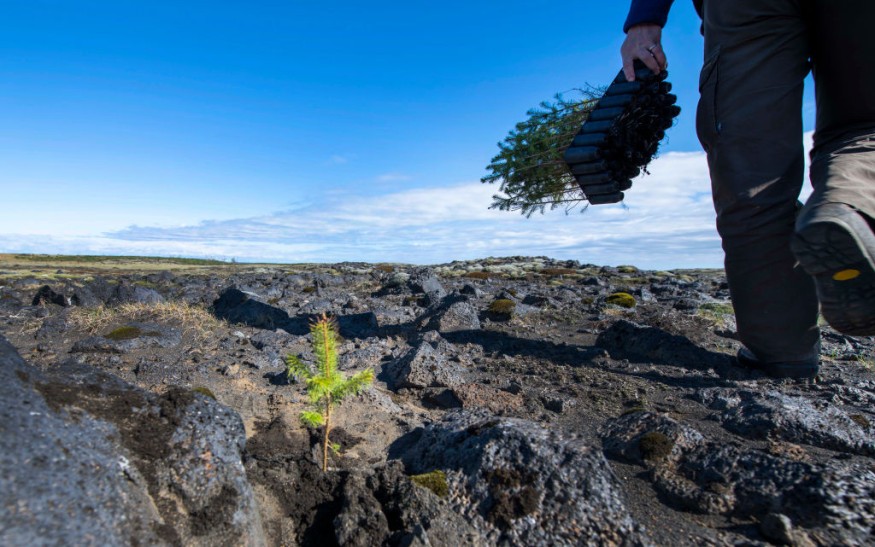
An Oxford study cautions that widespread planting of trees to offset carbon emissions is more likely to contribute to environmental disaster than to its restoration.
Offsetting Carbon Emissions via Tree Planting
Celebrities and business moguls like Jeff Bezos, Elton John, Emma Watson, Prince Harry, and Meghan Markle have all claimed to have employed offsetting to offset greenhouse gas emissions from things like traveling on private aircraft.
However, the scientists argued that offsetting really damages the ecosystem when it entails planting numerous trees of the same kind.
Plantations of a single species are said to be detrimental to biodiversity and increase the risk of forest fires while doing nothing to absorb greenhouse gases.
The authors argued that priority should be given to preserving and restoring intact ecosystems.
Oxford University scientists said that the ecology is being harmed by the emphasis on carbon offsets at all costs.
Despite the wide range of ecosystem services and activities offered by tropical ecosystems, according to author Dr. Jesús Aguirre-Gutiérrez, civilization has reduced the worth of these ecosystems to just one metric, which is solely carbon. A narrow focus on carbon capture should not be used to promote ecosystem degradation through tree plantations in current or future policies.
Environmental Disaster and Degraded Ecosystems
While some initiatives involve reforestation of damaged land, the majority involve afforestation, or the planting of forests on virgin or previously unforested areas like grasslands.
Tropical habitats are very biodiverse and offer many ecosystem services, including preserving soil health, pollination, and water quality.
Comparatively, plantations that trap carbon typically consist of just five tree species, namely, teak, silk oak, mahogany, cedar, and black wattle. These trees are farmed for lumber, pulp, or agroforestry.
As a result, there is typically less biodiversity supported by these plants.
For instance, a 40% increase in woody cover in the Brazilian Cerrado savannah resulted in a 30% reduction in plant and ant variety.
In contrast to newly planted trees, tropical grasslands and savannahs already serve as carbon sinks and are less prone to disturbances like fire and drought.
By decreasing stream flow, reducing groundwater, and acidifying soils for tree growth, these new plantations can also directly harm ecosystems.
According to Aguirre-Gutiérrez, monocultures are being produced for 'little carbon gain' by embracing the growing trend of carbon-focused tree planting.
He said that to sequester one year's worth of emissions, forests the size of the combined landmasses of the United States, the United Kingdom, China, and Russia would need to be planted.
Accordingly, they claim that exaggerating the advantages of planting trees for carbon sequestration may discourage the preservation of intact ecosystems and result in unfavorable trade-offs between carbon capture, biodiversity, and functioning ecosystems.
Restoring Intact Ecosystems Instead
Instead, environmentalists support preserving and reestablishing healthy ecosystems.
This was also covered in a 2022 study from Melbourne University that evaluates the ability to reduce CO2 using choices for nature restoration that minimize land-use change, as well as the contribution this would have to a 1.5°C temperature limit.
According to the 2022 study, while restoring ecosystems is important for maintaining the health of the world, it cannot completely replace efforts to reduce emissions from fossil fuels. Rather than extracting carbon from the atmosphere, existing forests and various other ecosystems are already storing it, therefore maintaining them is crucial. In fact, the excitement surrounding afforestation often obscures this truth.
Related Article : Global Chocolate Consumption Linked to 1.5 Million Hectares of Deforestation in Africa
© 2025 NatureWorldNews.com All rights reserved. Do not reproduce without permission.





